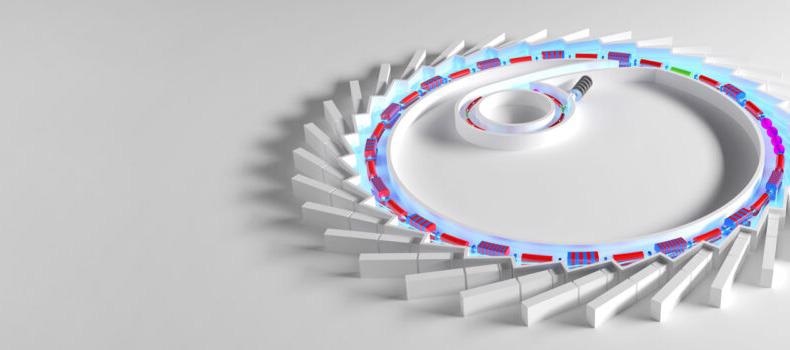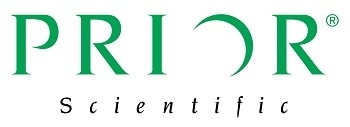
Image Credit: Purple Lobster Creations/iStock.com
Queensgate provides excellent solutions for nanopositioning with superb accuracy, precision, resolution, and rapid speeds that continue to function for decades across beamline applications.
Since emerging in 1978, Queensgate – a brand of Prior Scientific Instruments – led the innovation on high-speed, high-precision nanopositioning solutions. These systems are necessary for many applications that demand high performance and reliability, such as hard disc testing, synchrotron solutions and even the robotic systems on the International Space Station.
Synchrotron Light
Synchrotrons generate intense beams of X-rays, ultra-violet, and infrared light. The beams are utilized in super microscopes to investigate a diverse range of studies – from fossils to jet engines and viruses to vaccines.
Traditionally, a synchrotron light source is initiated with an electron gun that drives electrons through a linear accelerator (linac). The electrons enter a circular booster ring, where they accelerate towards the speed of light and pass into a storage ring, where they rotate for hours. Bending magnets sustain the electrons on their circular path, and insertion devices keep them grouped together and focused.
Beamlines
Each range of synchrotron light is appropriate for a specific application. Synchrotron light is generated as the electrons change course and direction: the radiation forking off from the storage ring to enter laboratories or beamlines.
Synchrotron engineers and beamline manufacturers require components with the capacity to function in an ultra-high vacuum (UHV) and may necessitate parts that are non-magnetic, radiation hard, and can operate at cryogenic temperatures. Subsequent to installation, system reliability is crucial as the beamline can only be accessed at limited shutdown periods throughout the year.
Queensgate Solutions
With decades of experience, Queensgate can provide nanopositioning solutions for beamline science. Piezo-driven nanopositioning systems and capacitive sensors are obtainable for vacuum use from 10-2 to 10-9 Torr, including non-magnetic, radiation-hard, and cryogenic options.
Several installations necessitate tailored nanopositioning solutions, as many synchrotron radiation experiments demand a bespoke set-up. Whether custom or standard, Queensland’s systems offer decades of optimal performance with limited downtime.
The drive to guarantee products that meet the challenge has yielded high praise and compliments from Principal Beamline Scientists, “it is stable, doesn’t vibrate or shake and is happy working in a high radiation environment.”
The NX NanoSensor®
The Queensgate NX NanoSensor® offers metrological information and measures the proportionate pitch vibrations within a monochromator. Acting as a non-contact position measuring system, the NX NanoSensor® is based on the principle of capacitance micrometry.
Two sensor plates, a target, and a probe make up the structure of a parallel plate capacitor. With a range up to 1.25 mm, the spacing of these two plates can be measured to better than 7 picometers with a frequency response up to 10 kHz, and linearity reduced down to 0.02%.
Piezo Stages and Actuators
To position optics, bend crystals, and offer active damping, closed-loop flexure-guided nanopositioning stages are utilized. These stages have sub-nanometer accuracy, fast settling times and picometre resolutions. New plug and play electronics enable controllers to be swapped-out with no effect on system performance.
Queensgate provides the only closed-loop actuators using capacitive sensors. The DPT-E series of actuators can shift loads up to 60 kg with ranges from 20 μm to 110 μm. High linearity, low electronic noise, and rapid settling times guarantee enhanced speeds, precision, and accuracy.
The improved precision, accuracy, resolution, and high-speed supplied by Queensgate nanopositioning systems support the production of high-quality data. These experiments can influence society positively as they contribute to the design and development of new medicines, the improvement of energy management and the creation of next-generation semiconductors.

This information has been sourced, reviewed and adapted from materials provided by Prior Scientific Instruments Ltd.
For more information on this source, please visit Prior Scientific Instruments Ltd.